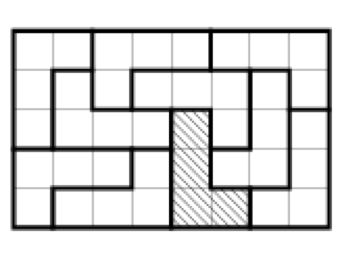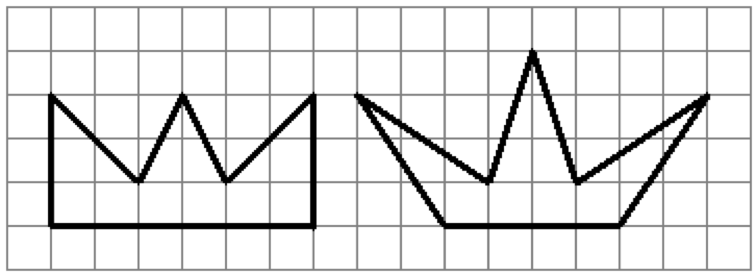Problems
Solve the puzzle: \(BAO \times BA \times B = 2002\).
Jessica, Nicole and Alex received 6 coins between them: 3 gold coins and 3 silver coins. Each of them received 2 coins. Jessica doesn’t know which coins the others received but only which coins she has. Think of a question which Jessica can answer with either “yes”, “no” or “I don’t know” such that from the answer you can know which coins Jessica has.
Find the smallest four-digit number \(CEEM\) for which there exists a solution to the rebus \(MN + PORG = CEEM\). (The same letters correspond to the same numbers, different – different.)
A space traveller decided to visit the planet and upon arrival he met three inhabitants. The traveller asked each of the inhabitants: “How many truth tellers are there among your companions?”. The first one answered: “None.” The second one said: “One”. What did the third alien say?
A rectangle is cut into several smaller rectangles, the perimeter of each of which is an integer number of meters. Is it true that the perimeter of the original rectangle is also an integer number of meters?
At the disposal of a tile layer there are 10 identical tiles, each of which consists of 4 squares and has the shape of the letter L (all tiles are oriented the same way). Can he make a rectangle with a size of \(5 \times 8\)? (The tiles can be rotated, but you cannot turn them over). For example, the figure shows the wrong solution: the shaded tile is incorrectly oriented.

A square napkin was folded in half, the resulting rectangle was then folded in half again (see the figure). The resulting square was then cut with scissors (in a straight line). Could the napkin have been broken up a) into 2 parts? b) into 3 parts? c) into 4 parts? d) into 5 parts? If yes – illustrate such a cut, if not – write the word “no”.
The number \(A\) is positive, \(B\) is negative, and \(C\) is zero. What is the sign of the number \(AB + AC + BC\)?
Find the area of the figures shown below.

Prove that if 21 people collected 200 nuts between them, there are two people in the group who collected the same number of nuts.